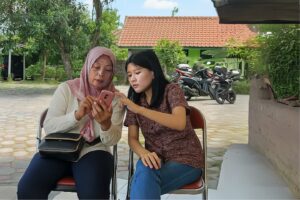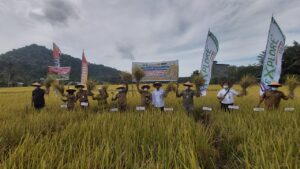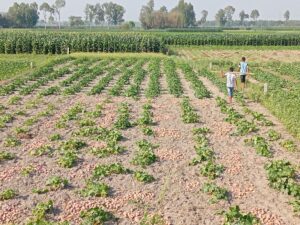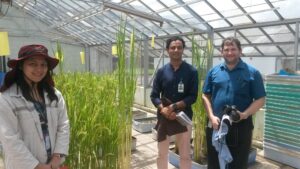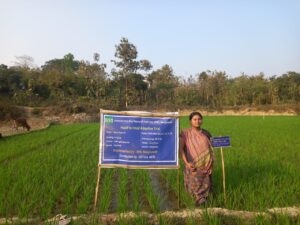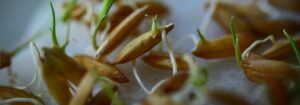
Undeniably, hybrid rice technology has been a key tool in increasing rice production. It gave China food security during the Green Revolution, which confounded predictions of famine in the 1970s.
In 2008 alone, the area covered by hybrid rice reached 20 million hectares globally, including 3 million hectares in countries outside China. IRRI’s collaboration with public and private partners has been crucial in hybrid rice research and development in the tropics for 30 years. Because of this collaboration, many hybrid rice varieties and parental lines have already been shared with partners and have been released for commercial production.
To further improve hybrid rice research and development, the Hybrid Rice Development Consortium (HRDC) was established by IRRI with 38 public and private organizations in 2008. In 2009, its membership expanded to 47 organizations as it aimed to renew and strengthen collaboration between the private and public sector and to disseminate hybrid rice technology more effectively and efficiently.
Both the public and the private sector are working together complementarily. The public sector has expertise in scientific research, product assessment, germplasm development, technology dissemination, and capacity building. On the other hand, the private sector has the comparative advantage in large-scale commercial seed production, seed processing, and marketing—areas in which IRRI and public institutes have no direct involvement.
This public–private sector partnership helps shift hybrid rice from academic research to commercialization. It makes the stream of innovation and research outputs steadier and the product more accessible and, in the end, used by rice farmers.
During the past 2 years, HRDC members, like architects of change, painstakingly identified research areas that are urgently needed to be improved such as the yield of hybrid rice seed production and yield vigor. They also identified the importance of resistance to biotic stresses (bacterial leaf blight, blast, sheath blight, brown planthopper, and stem borer) for sustainable growth of hybrid rice.
Having a resolve to meet these goals, the hybrid rice group at IRRI developed more specific hybrid crosses. As more breeding populations are being developed, more breeding lines as well as new hybrids are shared with HRDC IRRI’s hybrid rice program recognizes the importance of accessing IRRI’s hybrid rice products and information. That’s why it has embraced a product-oriented approach—a focus on both product development and delivery.
In terms of product development, the HRDC has built a regional hybrid testing network to assess its members’ hybrid rice in varying environments across different countries and locations. Members can now evaluate products they could not assess before. They can select hybrid rice breeding lines developed at IRRI and further evaluate these lines in their own conditions. And then, they can integrate them into their own breeding programs.
At the farmers’ level, the latest generation of rice hybrids has considerably outperformed existing inbred rice varieties in yield gain and profitability in eastern India. For example, in the states of Chattisgarh and Uttar Pradesh, hybrid rice yields more than inbred rice varieties by 36 and 24%, respectively, with 13 and 34% of additional profit economically.
The condition of India’s hybrid rice seed production may no longer pose a constraint to further upscaling hybrid rice because seed growers in the country can produce 1.5–2.5 tons of seed per hectare.
To promote the commercial release of IRRI’s rice hybrids through national partners and private companies, joint release protocols and licensing models have already been developed. For example, IRRI and the Philippine Rice Research Institute have developed a joint licensing protocol for hybrids, through which a first, nonexclusive hybrid license was issued to a private company. This protocol and the concrete licenses have become models for future IRRI hybrid rice development and promotion in collaboration with other national research and extension systems.

